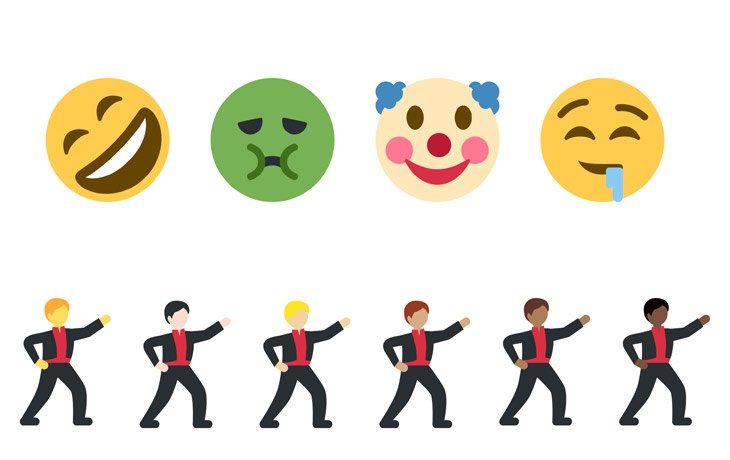When you clear analytics cookies from your browser, you effectively press a reset button on how websites track your visits. This action erases the unique identifier that websites use to recognize you as a returning user. As a result, on your next visit, the site will see you as a brand-new visitor, which impacts both your browsing experience and the accuracy of the website’s data. This simple click has significant consequences for data continuity and user behavior analysis.
What Exactly is an Analytics Cookie?
Think of an analytics cookie as a small digital ticket that a website gives your browser. It’s a tiny text file stored on your computer that remembers your activities on that specific site. It doesn’t store personal information like your name or address, but it does assign a unique ID to your browser.
The main purpose of these cookies is to help website owners understand how visitors interact with their pages. They track metrics like which pages you visit, how long you stay, and if you’ve been to the site before.
This anonymous data is incredibly valuable for businesses. By analyzing these patterns, they can identify popular content, find and fix problems on their site, and ultimately improve the overall experience for all users. Without these cookies, understanding audience engagement becomes much more difficult.
The Immediate Impact When You Clear Cookies
When you choose to delete your analytics cookies, the most immediate effect is the loss of session data. That unique ticket the website gave you is now gone. This means the website no longer recognizes your browser from previous visits.
From the website’s perspective, you are a complete stranger. Any preferences you set or items you added to a shopping cart during a previous session will disappear if they were tied to that cookie. You will be treated as a first-time visitor every single time you return to the site after clearing them.
This breaks the chain of data continuity. For a website owner, it becomes impossible to see your full journey over multiple visits. They can’t know if you are a loyal reader who returns weekly or someone who just stumbled upon their site for the first time. This can lead to a less personalized and potentially more frustrating user experience.
How Cookie Clearing Affects Website Analytics
For website owners, frequent cookie clearing by users can create major distortions in their analytics reports. The data becomes fragmented and less reliable for making informed business decisions.
The most common issue is a skewed ratio of new versus returning visitors. A high number of users clearing cookies can artificially inflate the number of “new visitors,” making it seem like the site is attracting many new people when, in reality, it’s just old visitors being counted as new ones. This can mislead marketing strategies and content planning.
Some of the key metrics affected include:
- User Retention: It becomes nearly impossible to measure how many users are returning over time.
- Conversion Attribution: Tracking which marketing campaign led to a sale or sign-up is more difficult if the user’s journey is broken.
- Audience Segmentation: Grouping users based on their behavior (e.g., frequent visitors, one-time readers) becomes inaccurate.
This lack of consistent data makes it challenging for businesses to understand their audience deeply and serve them better. It complicates efforts to measure the true effectiveness of ad campaigns and content improvements.
Can Websites Still Track Data Without Cookies?
Yes, the digital world is adapting to a more privacy-focused landscape, and several alternatives to cookie-based tracking exist. While clearing cookies significantly hinders tracking, it doesn’t make a user completely invisible.
Website owners are increasingly turning to other methods to gather insights. One popular alternative is server-side tracking, where data is sent directly from the website’s server to an analytics platform, bypassing the browser where cookies are stored. This method is often more reliable and less susceptible to ad blockers.
Another technique is device fingerprinting, which collects non-personal information about your device and browser settings to create a unique identifier. However, the most privacy-friendly and effective strategy is leveraging first-party data, which is information collected directly from users with their consent, such as through account sign-ups or newsletter subscriptions.
| Tracking Method | How It Works | Reliance on Browser |
|---|---|---|
| Browser Cookies | Stores a text file in the user’s browser to track sessions. | High |
| Server-Side Tracking | Data is sent from the website server directly to the analytics tool. | Low |
| First-Party Data | Uses information provided by the user (e.g., login ID). | Low |
What This Means for Your Online Experience
As a user, the decision to clear cookies involves a trade-off between privacy and convenience. When you regularly clear your cookies, you enhance your online privacy by limiting how websites track your behavior over time.
However, this can also lead to a less seamless browsing experience. You may find yourself repeatedly logging into websites or seeing the same introductory pop-ups and offers. The content and advertisements you see will be generic rather than tailored to your past interests.
Ultimately, there is no right or wrong answer. It is a personal choice. Understanding what happens when you clear cookies allows you to make an informed decision that best suits your preferences for privacy and a personalized web experience.
Best Practices for Website Owners
To navigate the challenges of cookie clearing, website owners should adopt a multi-faceted approach to analytics. Relying solely on browser cookies is no longer a sustainable strategy for understanding user behavior.
The first step is transparency. A clear and easy-to-understand cookie policy builds trust with users. Explaining what data is collected and why can encourage users to consent to tracking. Being honest about your data practices is crucial for maintaining a good relationship with your audience.
Furthermore, it is essential to build a robust analytics setup. This means integrating different tracking methods. Combining cookie data with server-side tracking and user IDs for logged-in members creates a more complete and accurate picture of audience engagement. Focusing on collecting first-party data ethically, such as through email subscriptions, provides valuable insights that are not dependent on cookies.
Frequently Asked Questions about Clearing Cookies
What happens to my previously collected data if I clear my analytics cookies?
The historical data associated with your old cookie remains in the analytics system, but it becomes orphaned. It can no longer be linked to your browser, so on future visits, you will start with a clean slate as a new user.
Will clearing cookies make me completely anonymous online?
No, it does not make you completely anonymous. Websites can still see your IP address and may use other tracking methods like device fingerprinting. However, clearing cookies significantly reduces cross-session tracking and enhances your privacy.
Does clearing cookies stop all advertisements?
Clearing cookies will not stop you from seeing ads. It will, however, make the ads you see less personalized, as advertisers will lose the data trail about your past browsing history and interests.
Why do websites treat me as a new visitor after I clear my cookies?
Websites use the analytics cookie as a unique ID to recognize your browser. When you delete that cookie, you delete the ID. The next time you visit, the website has no record of your past interactions and assigns you a brand-new ID, treating you as a first-time visitor.
How often should I clear my cookies?
This is a personal preference. Some users clear them daily for maximum privacy, while others do so only when they encounter browser issues. Clearing them regularly improves privacy but may require you to log in to sites more often.









Leave a Comment